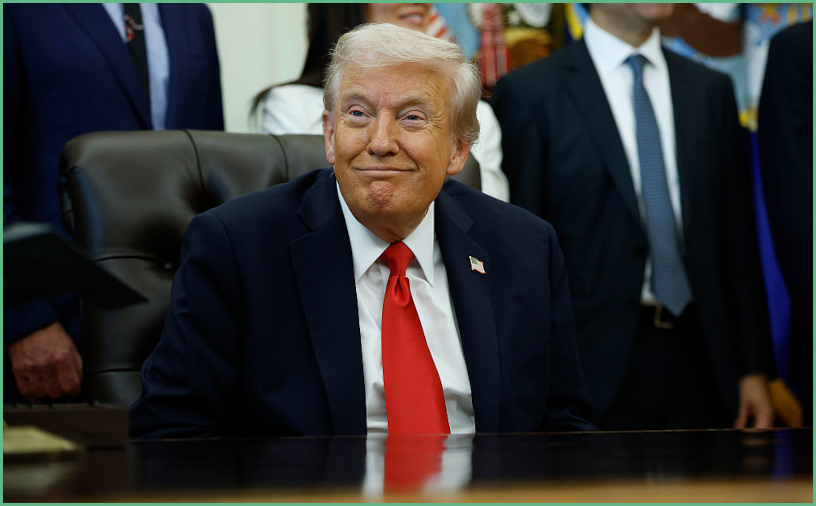The University of Virginia agreed to follow federal limits on diversity, equity, and inclusion programs, and as a result the government paused its investigations and restored the school’s eligibility for grants and other federal awards. This change reflects a broader push to tie taxpayer funding to adherence to neutral, nondiscriminatory policies rather than ideological programs. The move matters for students, faculty, and taxpayers who care about fairness and academic freedom. It also sets a practical precedent for how federal universities manage DEI efforts under current federal guidance.
This compliance did not happen in a vacuum. Federal guidance issued during the previous administration pushed universities to stop using taxpayer-funded programs to promote viewpoints that could discriminate against individuals based on race or ideology. The guidance emphasized merit-based practices and warned that certain DEI initiatives could cross the line into unlawful discrimination. For many conservative observers, that was a reasonable corrective to unchecked campus activism funded indirectly by federal dollars.
Supporters of the federal approach argue that colleges should be places of open inquiry, not stratified systems of preference. When a university’s internal programs start to read like political litmus tests, it undermines trust and drives away talented students who just want to be judged by their work. The restoration of grant eligibility in this case signals that cooperation with neutral standards is both possible and practical. It also demonstrates that accountability measures can be effective without shutting down campuses entirely.
From a Republican viewpoint, the government acted responsibly by making compliance the condition for continued funding. Taxpayer dollars should not underwrite programs that elevate identity-based preferences over individual achievement. Holding institutions accountable for how they spend federal money is simply good stewardship. This isn’t an attack on academic freedom; it’s a demand that public funds be used in ways that respect equal treatment.
Critics worried that enforcing these rules would chill legitimate efforts to ensure access and fair treatment for all students. Those concerns deserve attention and careful distinction between programs that expand opportunity and those that effectively impose ideological tests. A balanced approach can protect both inclusion and academic rigor. Universities can pursue outreach and support programs that help disadvantaged students without adopting practices that preferentially allocate opportunities based on group identity.
The university’s decision to comply also underscores the practical consequences of federal enforcement. When a school risks losing grants, research dollars, and other awards, administration leaders tend to reassess internal policies quickly. That dynamic forces a clearer separation between institutional priorities and federally backed funding streams. It offers a model for other public universities facing similar scrutiny: cooperate, clarify your policies, and restore the flow of public support.
For conservative policymakers and voters, the broader objective is straightforward: ensure that public institutions serve the public equally. That means promoting policies that reward merit, foster competition, and protect free expression regardless of political persuasion. It also means scrutinizing programs that may be more about ideological conformity than educational outcomes. The recent action involving this university shows how those principles can be enforced in practical, nonpunitive ways.
There will be ongoing debate over how to balance institutional autonomy with federal oversight, and that debate is healthy. Universities will need to craft transparent, lawful DEI strategies that withstand scrutiny while still advancing legitimate goals like access and support for underrepresented students. Lawmakers and administrators on all sides should focus on clarity, fairness, and measurable outcomes rather than slogans. The stakes are high for future funding decisions and for the public’s confidence in higher education institutions.
